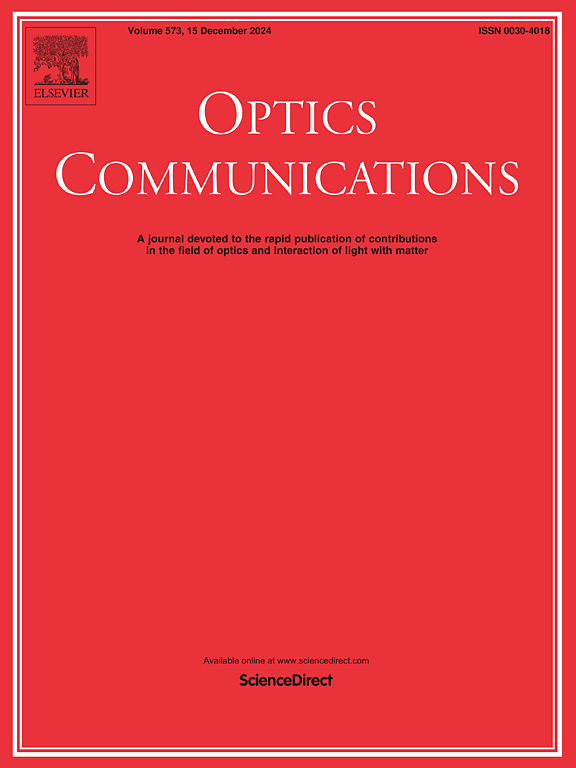Multi-tone meaningful visual cryptography scheme based on optical axis angle superposition
IF 2.2
3区 物理与天体物理
Q2 OPTICS
引用次数: 0
Abstract
The visual cryptography scheme based on polarization uses the polarization state of light to encrypt images, ensuring that the share images have no pixel expansion and that the secret image can be reconstructed without loss of quality. However, its shares are meaningless noise images. To solve this problem, a multi-tone meaningful visual cryptography scheme based on optical axis angle superposition (OAAS-MVC) is proposed. In our scheme, both secret images and cover images are multi-tone images. In the encoding phase, the image’s pixel is converted into the optical axis angles of the retarder film component (RFC). By adjusting the angles of the /2 RFCs to specific angles, they can represent the pixel of the cover image. The share images are generated as meaningful images with the appearance of cover images. In the decoding phase, the angles of the /2 RFCs are superimposed to reconstruct the secret image. Compared to other classic meaningful visual cryptography schemes, our scheme significantly improves the quality of the shares and the reconstructed secret image. The experimental results demonstrated the effectiveness and security of the scheme.
求助全文
约1分钟内获得全文
求助全文
来源期刊

Optics Communications
物理-光学
CiteScore
5.10
自引率
8.30%
发文量
681
审稿时长
38 days
期刊介绍:
Optics Communications invites original and timely contributions containing new results in various fields of optics and photonics. The journal considers theoretical and experimental research in areas ranging from the fundamental properties of light to technological applications. Topics covered include classical and quantum optics, optical physics and light-matter interactions, lasers, imaging, guided-wave optics and optical information processing. Manuscripts should offer clear evidence of novelty and significance. Papers concentrating on mathematical and computational issues, with limited connection to optics, are not suitable for publication in the Journal. Similarly, small technical advances, or papers concerned only with engineering applications or issues of materials science fall outside the journal scope.
 求助内容:
求助内容: 应助结果提醒方式:
应助结果提醒方式:


